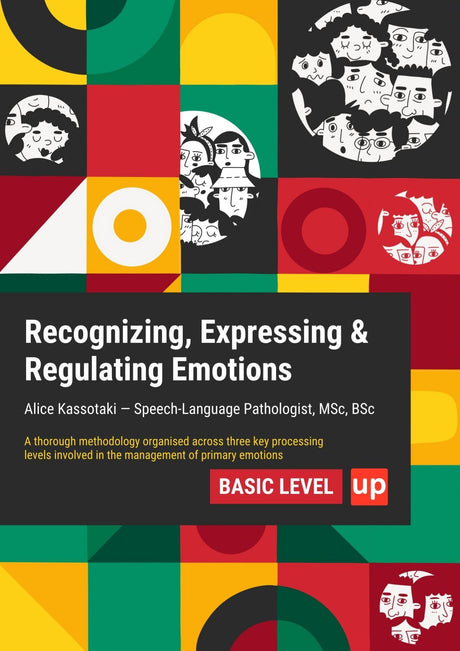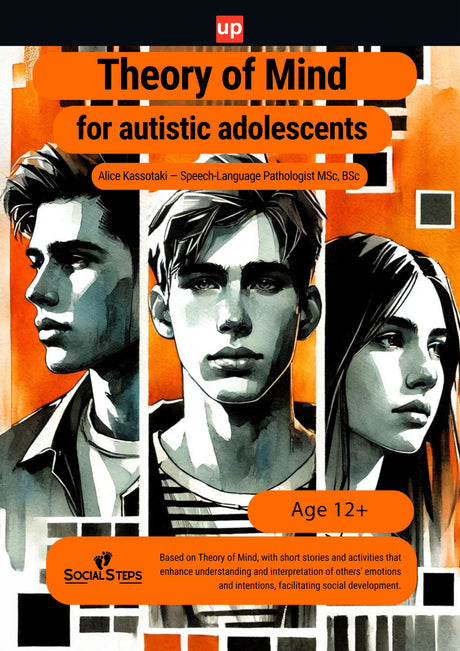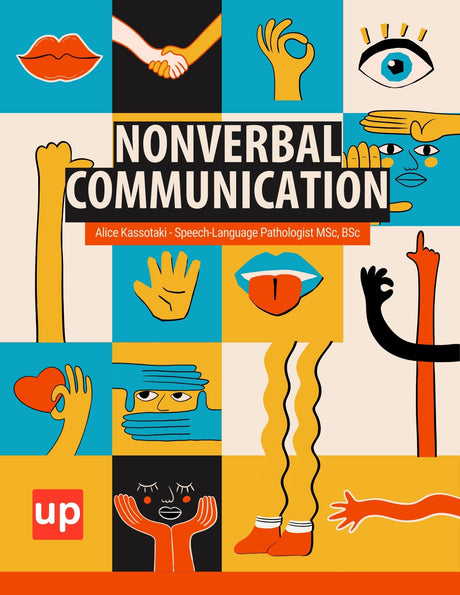Living with an ADHD brain can feel like a constant search for a switch that controls focus and motivation. Some days, your attention is laser-sharp; on others, even simple tasks feel insurmountable. This isn't a lack of willpower—it's a matter of brain chemistry. The key to unlocking consistent performance lies in understanding and strategically managing dopamine, the crucial neurotransmitter for reward and motivation. This is where the concept of a personalized Dopamine Menu comes in, a powerful tool to nourish your brain, overcome inertia, and cultivate lasting focus.
Key Points
- A Dopamine Menu is a personalized tool that helps individuals with ADHD manage focus and motivation by aligning daily activities with their brain’s unique dopamine needs.
- By categorizing activities into Appetizers, Main Courses, and Desserts, individuals can strategically regulate stimulation, prevent burnout, and sustain engagement throughout the day.
- Regularly reviewing and adapting the Dopamine Menu supports long-term consistency, balance, and self-awareness while complementing professional ADHD treatment.
Introduction: Unleashing Your ADHD Brain's Potential
For those with Attention-Deficit/Hyperactivity Disorder (ADHD), the brain's relationship with dopamine is unique. Standard productivity advice often falls flat because it doesn't address the underlying neurobiological need for stimulation. A Dopamine Menu, a term popularized by Jessica McCabe of "How to ADHD," offers a tailored framework to provide your brain with the right kind of stimulation at the right time. By curating a list of engaging activities, you can proactively boost your focus, regulate your mood, and transform your relationship with productivity.
Understanding Your ADHD Brain: The Dopamine Connection

The ADHD brain often has less efficient dopamine signaling, leading to a state of understimulation that makes it difficult to initiate tasks or sustain focus.
To effectively build your menu, you first need to understand the science behind it. The ADHD brain operates on a different neurochemical baseline, and dopamine is at the heart of this difference.
Dopamine's Pivotal Role in the ADHD Brain
Dopamine is one of the brain's primary neurotransmitters, a chemical messenger vital for regulating attention, motivation, and the feeling of pleasure or reward. Research suggests that individuals with ADHD may have lower levels of available dopamine or less efficient dopamine signaling pathways. This "dopamine deficit" means the brain is perpetually understimulated, making it difficult to initiate boring tasks and sustain focus on anything that isn't inherently fascinating or urgent. This explains why an ADHD brain can hyperfocus on a passion project for hours but struggle to spend ten minutes on a tedious chore.
Your Unique "Dopamine Signature": Why Personalization is Non-Negotiable
Not all activities provide the same dopamine boost for everyone. What one person finds intensely motivating, another might find draining. This is your unique "dopamine signature." It's shaped by your interests, values, and how your body and brain respond to different stimuli. A generic list of "fun activities" won't work because the goal isn't just pleasure; it's about finding the specific source of engagement that replenishes your brain's motivation reserves. Recognizing this is the first step toward crafting a truly effective strategy that works with, not against, your neurotype.
The Dopamine Menu Framework: Strategic Brain Nutrition
Think of your "dopamenu" as a restaurant menu designed specifically for your brain's needs throughout the day. Instead of food, it's filled with activities categorized by the type and duration of the dopamine boost they provide.
Beyond Just "Pleasure": Crafting for Meaningful Engagement and Sustainable Focus
While dopamine is linked to pleasure, its more critical function for ADHD is driving motivation. The menu isn't about chasing fleeting highs. It's about strategically selecting activities that create a sense of accomplishment, novelty, or challenge. The goal is to build a sustainable system that helps you anticipate a reward, which in turn fuels the effort needed to complete a task. This shifts the focus from temporary pleasure to lasting engagement and a more stable mood.
Appetizers: Quick Hits for Instant Motivation and Overcoming Inertia
Appetizers are short, low-effort activities (1-5 minutes) that provide a quick dopamine boost. They are perfect for breaking through mental paralysis or transitioning between tasks.
- Examples: Listening to one high-energy song, doing 10 jumping jacks, solving a mini-puzzle on your phone, watching a funny short video, or tidying one small surface.
Main Courses: Sustained Engagement for Deep Work and Productivity
Main Courses are the core tasks you need to accomplish. These are often challenging and require sustained attention. The key is to find ways to make them more engaging. You can "pair" them with a small dopamine source (like listening to instrumental music) or use an Appetizer to get started and a Dessert as a reward for completion.
- Examples: Working on a project report using the Pomodoro Technique, engaging in a creative hobby like painting or coding, deep cleaning a room, or completing a challenging workout.
Desserts & Specials: Rewarding Your Brain (with Essential Dopamine Guardrails)
Desserts are significant rewards you give yourself for completing a major task or getting through a difficult day. These are highly motivating activities but require guardrails. Because the ADHD brain can easily fall into hyperfocus on high-dopamine activities, it's crucial to set time limits.
- Examples: Watching an episode of a favorite show (just one!), playing a video game for a set 30 minutes, spending time on a beloved hobby, or enjoying a social call with a friend.
Crafting Your Personalized Dopamine Menu: A Step-by-Step Guide

Building your menu is an active process of self-discovery and strategic planning. Here’s how to get started.
Step 1: Brainstorming Your "Dopamine Sources"
Take time to list all the activities that energize and engage you. Don't filter or judge them yet. Think across categories: physical (a walk outside), creative (doodling), social (messaging a friend), sensory (a hot shower), and intellectual (reading an interesting article). Aim for at least 20-30 items of varying length and effort. This list is your personal inventory of potential brain boosters.
Step 2: Understanding the "Why": Connecting Activities to Your ADHD Brain
Now, categorize your brainstormed list into Appetizers, Main Courses, and Desserts. For each item, ask yourself why it works for you. Does it provide novelty? A sense of accomplishment? Physical movement? Understanding the "why" helps you choose the right tool for the right moment. An activity that involves moving your body might be perfect for afternoon sluggishness, while one that provides novelty is great for breaking up a monotonous task.
Step 3: Strategic Sequencing and "Dopamine Budgeting" Throughout Your Day
Plan your day by strategically sequencing items from your menu. Use an Appetizer to start a difficult Main Course. Plan a Dessert to motivate you through a long stretch of work. This is "dopamine budgeting"—spending your attention and motivation wisely. If you know a certain task will drain your brain, schedule a replenishing activity immediately after. This proactive approach prevents burnout and decision fatigue.
Step 4: Building Your "Dopamine Ecosystem": Beyond Just Activities
Your environment is a powerful source of dopamine. Enhance your menu by creating a supportive "ecosystem." This could include an organized workspace that reduces friction, a dedicated "focus" playlist, or using tools like noise-canceling headphones. Your physical body is also part of this system; adequate sleep, nutrition, and hydration are foundational for healthy neurotransmitter function and cannot be overlooked.
Sustaining Your Dopamine Menu: Review, Refine, and Thrive

A Dopamine Menu is not a static document. It's a dynamic tool that must evolve with you to remain effective.
Regular Review and Adaptation: Your Menu is Dynamic
What works today might not work next month. Novelty is a powerful dopamine source for the ADHD brain, and its effects can wear off over time. Schedule a brief weekly or monthly review of your menu. Prune activities that have lost their spark and brainstorm new ones to try. Keep it fresh to keep it effective.
Troubleshooting Your Menu: When Dopamine Goes Off-Track
If you find yourself avoiding your menu or falling back on unhealthy dopamine sources (like excessive social media or procrastination), it's a sign that your menu needs adjustment. Are your Appetizers too high-effort? Are your Desserts not rewarding enough? Or are you trying to force a Main Course when your brain simply doesn't have the capacity? Be curious, not critical, and adjust accordingly.
When to Seek Professional Support
While a Dopamine Menu is a powerful self-management tool, it complements, rather than replaces, professional ADHD therapies. If you consistently struggle with severe issues of focus, mood regulation, or motivation, it's essential to consult with a doctor, therapist, or ADHD coach. They can provide a comprehensive treatment plan, which may include medication, cognitive-behavioral therapy (CBT), and other evidence-based strategies.
Conclusion: Empowering Your ADHD Brain for Lasting Change
The struggle for focus and motivation with ADHD is real, but it is not insurmountable. The Dopamine Menu framework shifts you from being a passive recipient of your brain's whims to an active participant in managing your own neurochemistry.
Your Journey as the Menu Creator
By thoughtfully crafting, testing, and refining your personalized Dopamine Menu, you are creating a practical roadmap for navigating your day with intention. You learn to provide your brain with the right kind of boost, at precisely the right time. This journey is about more than just productivity; it's about building a more compassionate and effective relationship with your mind, empowering you to thrive with your unique ADHD brain.
Frequently Asked Questions (FAQ)
What is a Dopamine Menu and how does it help with ADHD?
A Dopamine Menu is a structured list of personalized activities designed to provide the right level of stimulation for an ADHD brain. It helps regulate dopamine levels by offering intentional ways to stay motivated, focused, and emotionally balanced, transforming productivity from a struggle into a manageable process.
Why is dopamine important for people with ADHD?
Dopamine is the brain’s key neurotransmitter for reward, motivation, and focus. Individuals with ADHD often have lower or less efficient dopamine signaling, leading to understimulation and difficulty initiating or sustaining tasks. Understanding and managing dopamine levels helps balance attention and energy throughout the day.
How is a Dopamine Menu structured?
The menu is divided into categories based on the intensity and duration of dopamine boosts:
- Appetizers for quick motivation (short bursts like a song or brief activity).
- Main Courses for sustained focus on important tasks.
-
Desserts for meaningful rewards after effort.
This structure creates a balanced rhythm of stimulation and rest.
How can I create my own Dopamine Menu?
Start by listing activities that engage you emotionally, mentally, or physically. Categorize them into Appetizers, Main Courses, and Desserts, then experiment with sequencing them throughout your day. Regularly review and update the list to keep it fresh and aligned with your evolving needs.
What is “dopamine budgeting”?
Dopamine budgeting means planning your day to balance stimulation and focus. For example, using a small enjoyable task to start work, taking a short energizing break mid-day, and ending with a rewarding activity. It ensures your brain doesn’t burn out or rely on unhealthy sources of dopamine.
Can a Dopamine Menu replace ADHD treatment?
No. A Dopamine Menu is a supportive self-management strategy, not a medical treatment. It complements professional approaches like medication, therapy, and coaching. Consulting an ADHD specialist ensures your plan is safe, effective, and tailored to your needs.
What if my Dopamine Menu stops working?
If your activities lose their effect, review your list. The ADHD brain craves novelty, so refresh your menu with new activities or adjust the balance between effort and reward. If ongoing struggles persist, seek support from a therapist or ADHD coach.
How does this approach improve daily life with ADHD?
Using a Dopamine Menu helps individuals take control of their focus, motivation, and emotions. It replaces self-blame with strategy, helping you approach each day with structure, flexibility, and compassion for your unique brain wiring.
Original content from the Upbility writing team. Reproducing this article, in whole or in part, without credit to the publisher is prohibited.
References
- McCabe, J. (n.d.). How to ADHD. [YouTube Channel and Resources].
- Barkley, R. A. (2015). Attention-Deficit Hyperactivity Disorder: A Handbook for Diagnosis and Treatment (4th ed.). Guilford Press.
- Volkow, N. D., Wang, G. J., Fowler, J. S., & Ding, Y. S. (2005). Dopamine in drug abuse and addiction: Results from imaging studies and treatment implications. Molecular Psychiatry, 10(6), 557–569.
- Brown, T. E. (2013). A New Understanding of ADHD in Children and Adults: Executive Function Impairments. Routledge.
- CHADD (Children and Adults with Attention-Deficit/Hyperactivity Disorder). (n.d.). Managing ADHD: Tools and Strategies.









